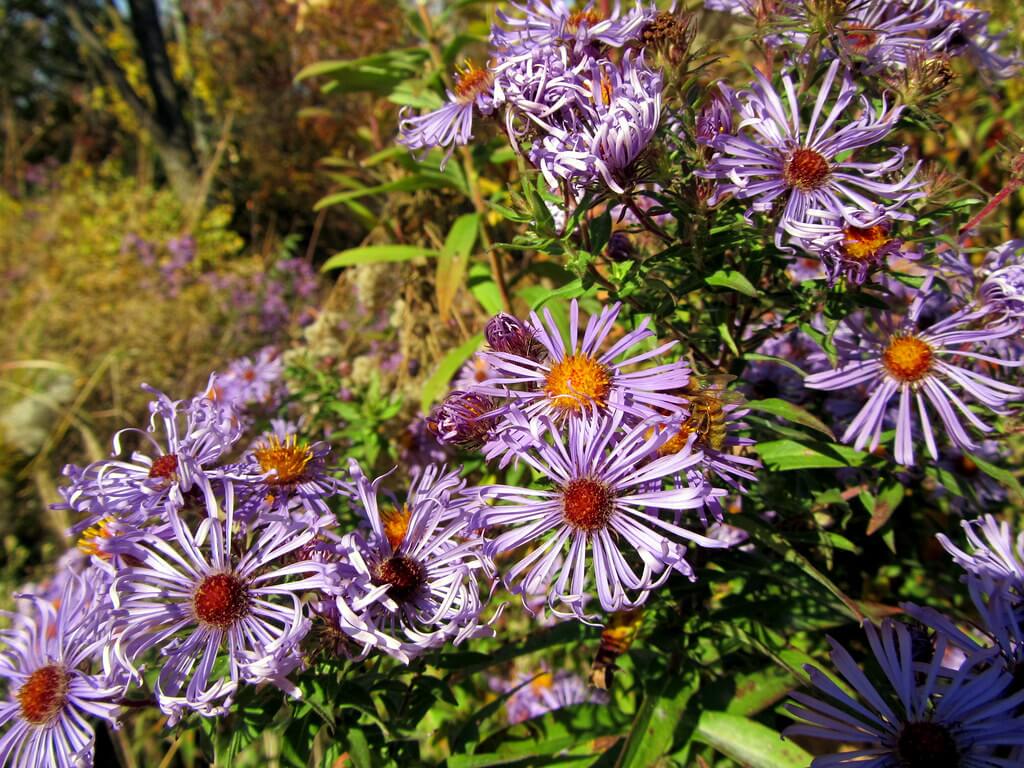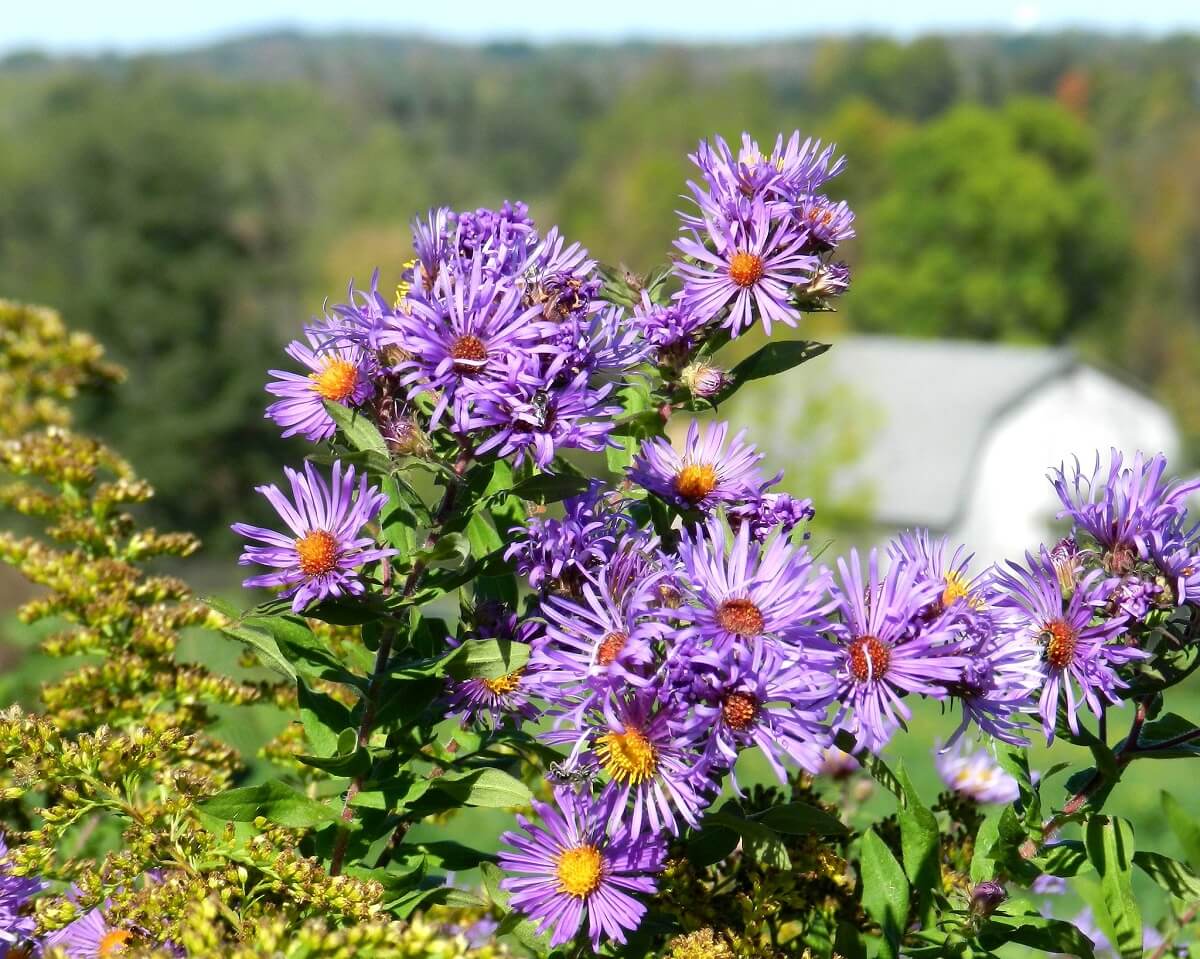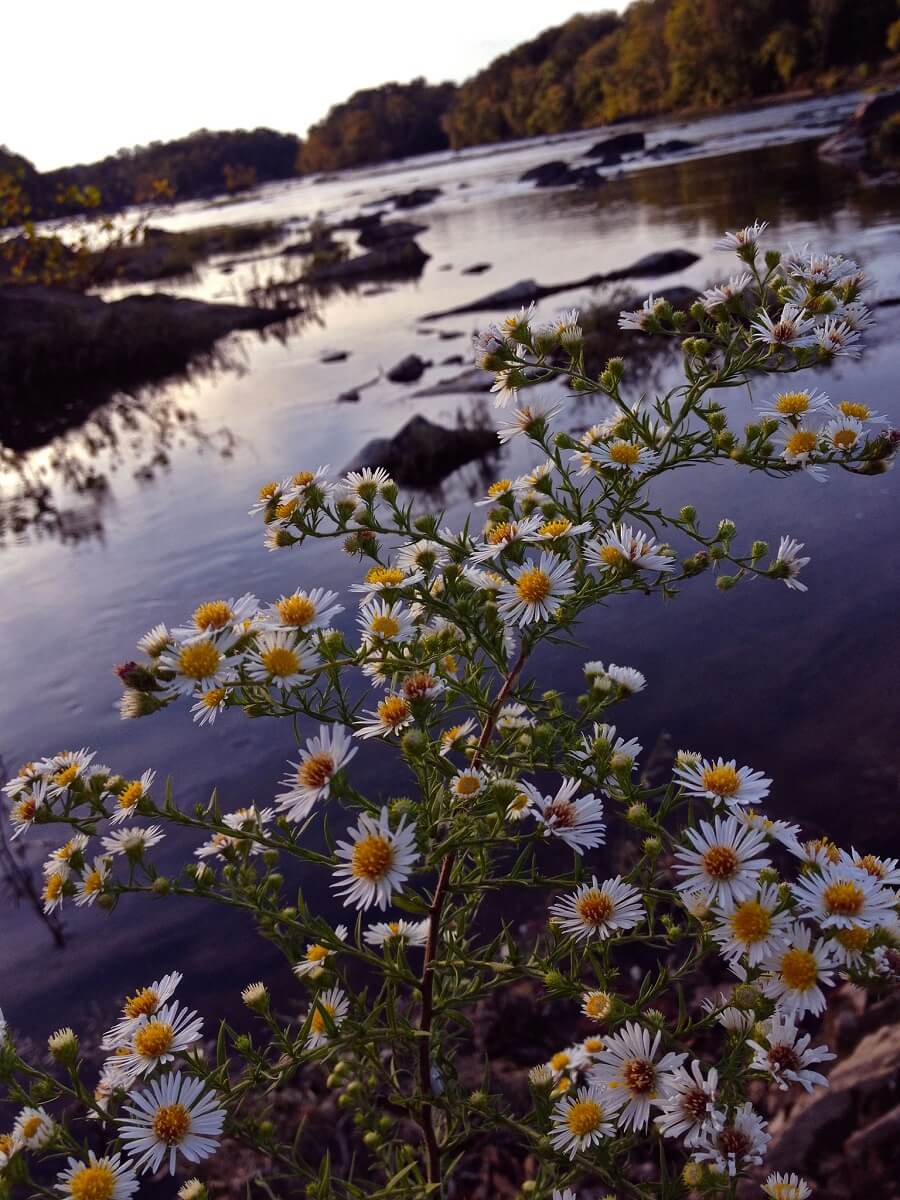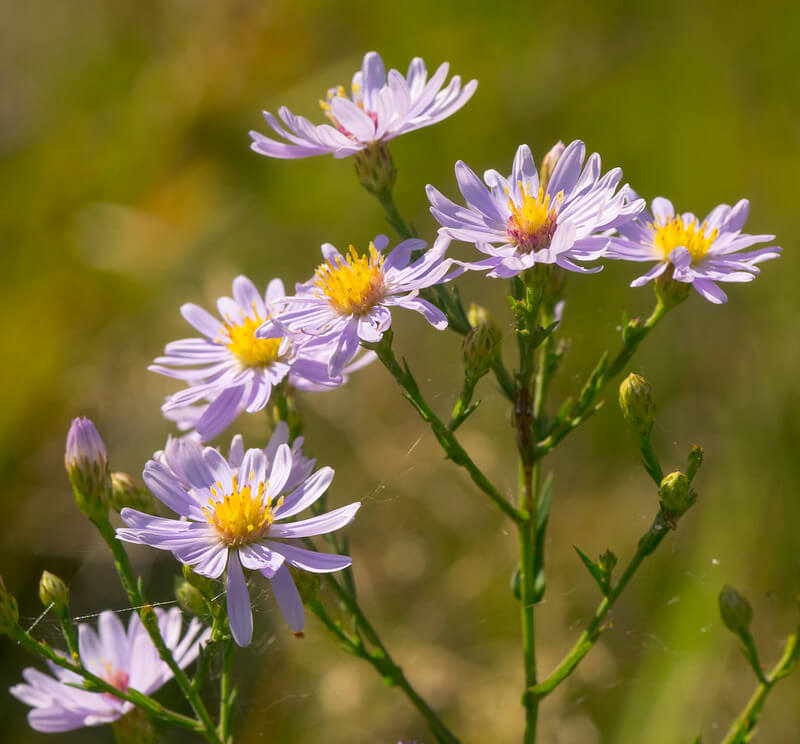Typically talking, I don’t like fall. Why? It precedes winter — which is a protracted, chilly, nongrowing, nongardening season that appears to stretch on perpetually.
Nonetheless, I do profit from among the many many fairly colours and flowers of fall, notably wild asters. The tiny, purple (each darkish and lightweight purple) and white flowers pop up in all places and make the gardens look like beginning a mannequin new life merely prior to winter.
As I gaze forlornly on the fields of sunflowers, their heavy heads bent in supplication, resigned to the fact that summer time season is over and winter is coming, I marvel on the puffy projections of white and purple scattered all by way of.
The sedum is ending its final hurrah of clever pinks and burgundy reds. The dark-eyed Susan heads observe the saddened state of the sunflowers, and the gladioli and roses have dropped their final petals, nonetheless shade abounds in these tiny, wild aster delights.


I hate to take away any of them from their pure habitat, nonetheless there are such a lot of that quite a few harvested for floral preparations obtained’t diminish their prolific nature. I cling them in bunches, the improper strategy up in my shed, and permit them to dry for wreaths and flower preparations. It’s efficiently correctly positively definitely worth the effort. The aroma as they dry out is sweet.
Associated Submit: Homestead Tales: My Good-Grandfather’s Gladiolus
Curiously, the phrase “aster” comes from Greek which refers to multicolored, star-like blooms which adequately describe these charming wonders. They’re among the many many final blooming flowers of summer time season, and the floral harbinger of autumn.
Wild asters are hardy crops, typically coloring the panorama the place utterly completely different blooms have given up for the season, withered, and died. Moreover often called starworts or frost flowers, the Aster genus contains spherical 600 species they usually additionally’re prolific in North America and southern Europe.
I prefer to assemble bunches and use them in dried flower preparations. I furthermore convey present bunches inside and place them in a vase to cheer up the indoors when my gardens have little left to provide.
Edible and Medicinal Makes use of for Wild Asters
These little charms have edible and medicinal* makes use of as efficiently. The muse of untamed asters is also added to soups and are believed to have important medicinal advantages. The Chinese language language language have used the inspiration for an entire bunch of years as an herb to alleviate lung circumstances like coughing and wheezing. It has a bittersweet model.
The leaves and flowers of untamed asters are furthermore edible and regarded helpful to 1’s correctly being. Blended with bloodroot, aster makes laxative. An infusion of untamed asters eases headache indicators. The flowers and leaves is also eaten present or dried in salads or cooked flippantly and served like spinach.


Though not sometimes harvested for edible options, wild asters do efficiently in teas, salads, and as a garnish. They should be harvested whereas in full bloom, ideally all through the early morning as shortly as a result of the dew has dried.
Associated Submit: Edible Flowers
For dried aster flowers or dried herbs, cling them the improper strategy up as you’d do with utterly completely different herbs, and permit to totally dry prior to crumbling proper into a light-weight powder. Retailer in a sealed container for as so much as a 12 months.
* Observe that utilizing any herb for medicinal options should solely be completed with the session of an expert.
Completely completely different Aster Varieties
Wild asters are prolific, their tiny seeds scattering far and large by the wind. There are fairly just a few sorts of asters. Correct proper right here’s a list of my favorites.
Lindley’s Aster
Lindley’s aster (Symphyotrichum ciliolatum or Aster ciliolatus) is present in woodlands and on the perimeter of forest areas. The plant is also fairly tall, normally about 3 ft in peak, with one central flower stalk, and some mild to medium blue, heart-shaped leaves. With your complete wooded areas on and spherical my property, it’s the commonest aster in my fast space.
Many-Flowered Aster


Many-flowered aster (Symphyotrichum ericoides or Aster ericoides) is a grassland plant that’s prolific in meadows and ditches. It grows low, spreading out with many branches and tiny leaves. The flowers are furthermore tiny (lower than an inch), white, and clustered all alongside the quick stems. The ditches alongside my nation avenue are full of these asters.
Willow Aster
Willow aster (Symphyotrichum praealtum) is discovered alongside edges of wetlands. It’s furthermore a tall-growing aster, although not as tall as Lindley’s aster. The flowers are white or pinkish and cluster close to the most effective of the leafy stalks. The extended leaves seem like willow leaves, as a consequence of this truth its title. My space is just too dry for this aster, sadly.
Clear Aster


Clear aster (Symphyotrichum easy or Aster laevis) is one completely different grassland species, furthermore discovered alongside roadsides. Pale blue flowers develop in bunches on quite a few leafy stalks.
New England Aster
New England aster (Symphyotrichum new-england or New-England star) is one completely different species discovered at forest edges. Very tall (is also 5 ft) with massive bluish-purple flowers, and truly showy. I’ve seen only a few of these rising in bunches alongside the forest edge — totally spectacular. These asters have a stunning, spicy aroma when drying.
Asters are short-lived and after they’re completed, you already know winter is type of upon you. What you don’t harvest, is also left standing over the winter so the seeds can unfold and offer you an way more spectacular floral current the following fall. For now, I’m going to study from the colourful unfold of untamed asters till winter arrives.
